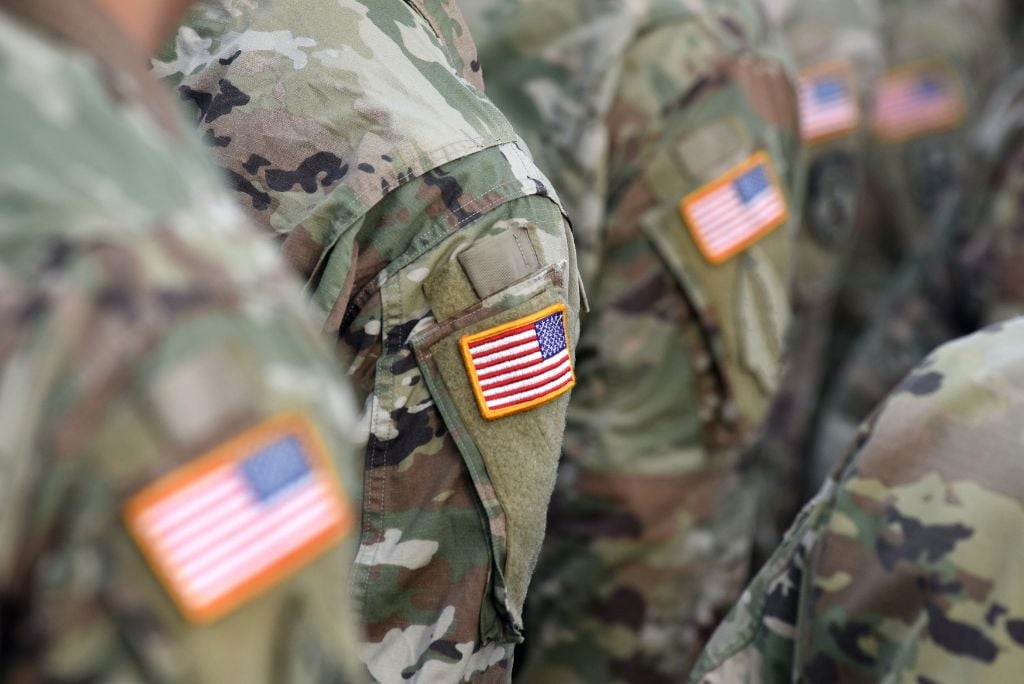The recent approval by the Peruvian Congress to permit the entry of U.S. military personnel for the Asia-Pacific Economic Cooperation (APEC) Forum summit, scheduled between November 4 and 24, has ignited a fervent national debate. Spearheaded by President Dina Boluarte, this initiative seeks to bolster security measures and enhance cooperation for the significant international event. While supporters of the resolution argue it is essential for ensuring the safety of leaders from the world’s largest economies, critics voice serious concerns regarding potential infringements on Peruvian sovereignty and independence.
The legislative resolution, formally known as Project 9307, received a favorable vote of 63, with 23 opposing and seven abstentions. Supporters within Congress emphasized that the presence of U.S. troops is not an invasion but rather a strategic partnership crucial for successful event organization. The defense from President Boluarte and her cabinet was centered on the argument that such a significant gathering necessitates extensive logistical and administrative support that can only be provided through U.S. military cooperation. Consequently, the political landscape has become polarized, with ongoing discussions about the implications for national sovereignty and regional foreign relations.
Opponents of the military presence, especially representatives from left-wing parties such as the Socialist Party and Juntos por el Perú, characterize the decision as an affront to Peru’s autonomy. They argue that allowing foreign troops into the country, even temporarily, signifies a capitulation to external powers and could set a precedent for future military interventions. Key figures from the opposition have articulated fears that normalizing such cooperation might compromise Peru’s ability to independently govern its security policies without external influence.
On the other side of the debate, advocates like Adriana Tudela, president of the National Defense Commission, argue that the military support will significantly enhance safety protocols for the APEC summit, which will host leaders from 21 economies. The arrival of U.S. troops is said to concern not only the logistical arrangement but also the broader issue of tackling rising insecurity and transnational threats that have been affecting the region, including drug trafficking and organized crime. The narrative presented by supporters paints the military cooperation as both a shield against potential threats during the summit and a step towards strengthening Peru’s security capabilities more broadly.
The operational details of the U.S. military contingent include plans for deploying two aircraft, four helicopters, seven fuel supply vehicles, and various types of weaponry, with over 600 soldiers positioned throughout key regions in Peru, including Lima and Chiclayo. Proponents assert that this military presence is essential for ensuring the safety of international dignitaries and showcases Peru’s commitment to maintaining stability in a volatile geopolitical environment. Amid concerns about escalating threats posed by criminal organizations, supporters argue this collaboration exemplifies Peru’s proactive measures in an increasingly interconnected world where security is paramount for economic prosperity.
Lastly, the geopolitical dynamics at play further complicate the discourse surrounding the U.S. military’s presence in Peru. The United States considers Peru a vital ally in its strategy to counter growing influences from China and Russia in Latin America. With other regional countries questioning U.S. partnerships, the bilateral ties between the U.S. and Peru are seen as integral to maintaining political and economic stability in the region. For the Boluarte administration, the successful hosting of the APEC summit could symbolize not only national stability but also reinforced international relations, making the approval of U.S. military personnel a matter of strategic importance for both immediate security and long-term foreign investment prospects.

